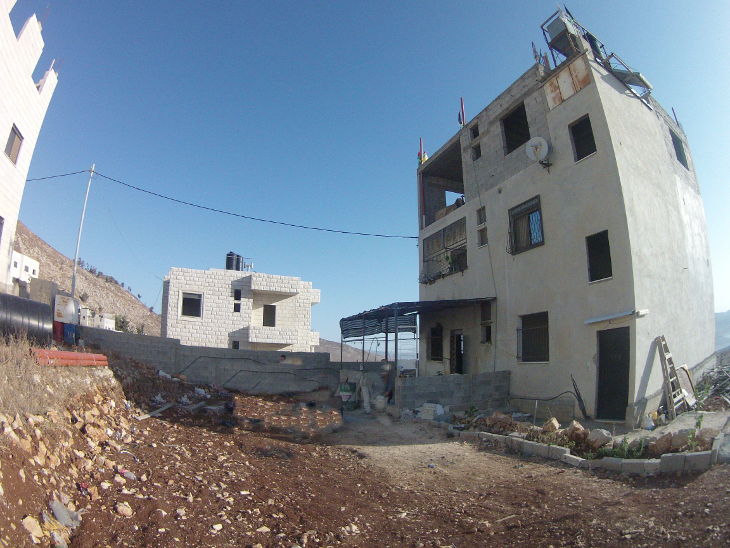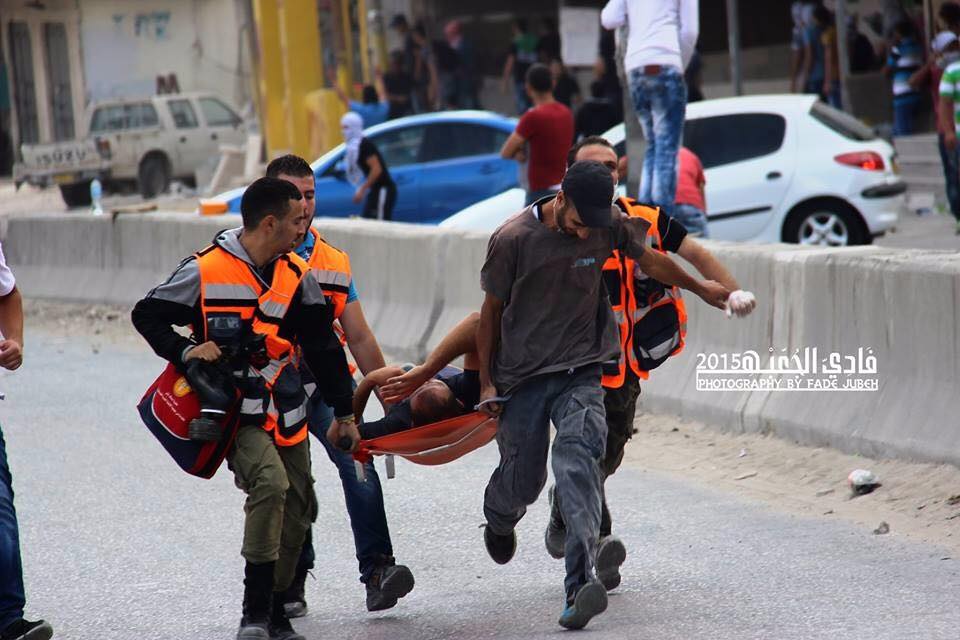Category: Features
-
In al-Khalil (Hebron) the situation grows gravely worse
18th October 2015 | International Solidarity Movement, al-Khalil team | Hebron, occupied Palestine After a day of intensified violence in al-Khalil the midnight hour brought horrifying screams for help from local mosques, the screaming sirens of ambulances and clouds of teargas drifting through the streets from Bab al-Zawiya. Three young Palestinians in Khalil lay dead…
-
Palestinian and international civilians will resist revenge home demolitions on the second night in a row
17th October 2015 | International Solidarity Movement, Nablus team | Nablus area, occupied Palestine Palestinian civilians joined by International solidarity activists will gather tonight, Friday 17, October 2015, at the Nablus city homes of Yahya Hamad, Karam Al-masri and Sameer Al-kosa after Israeli forces threatened revenge demolitions. This action of resistance started on the 15th of…
-
PMRS to Israeli forces: Stop attacking our personel!
Repost of an appeal by Palestine Medical Relief Society: In light of the current climate of tensions in the West Bank and in East Jerusalem particularly which has led to deadly attacks on civilians and the unacceptable systematic use of lethal force by Israeli forces against Palestinians, the Palestinian Medical Relief Society (PMRS) calls for…



